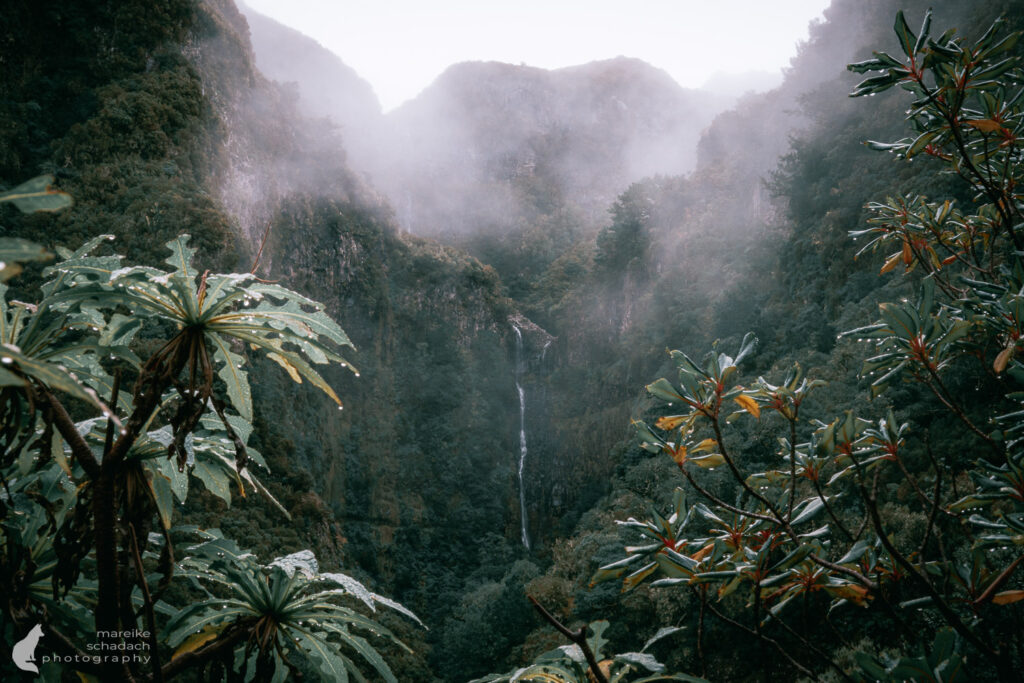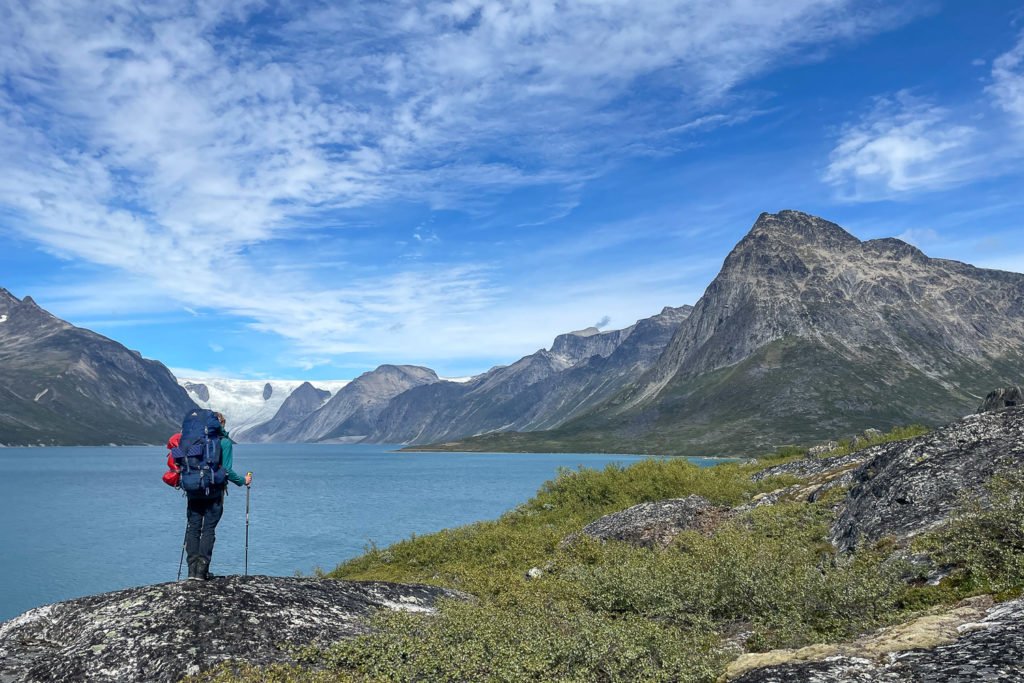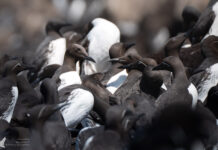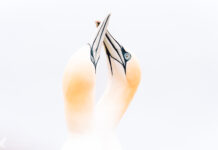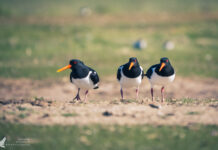New Zealand. Ulva Island is one of the best birdwatching destinations in New Zealand. Located in Rakiura National Park off the coast of Stewart Island, the predator-free island is a safe haven for many of the country's endangered native bird species. With high hopes and my camera in my backpack, I set off for this pristine birding paradise, hoping to see species that are difficult to find on the New Zealand mainland.
Unassigned, unpaid advertising. The article contains affiliate links.
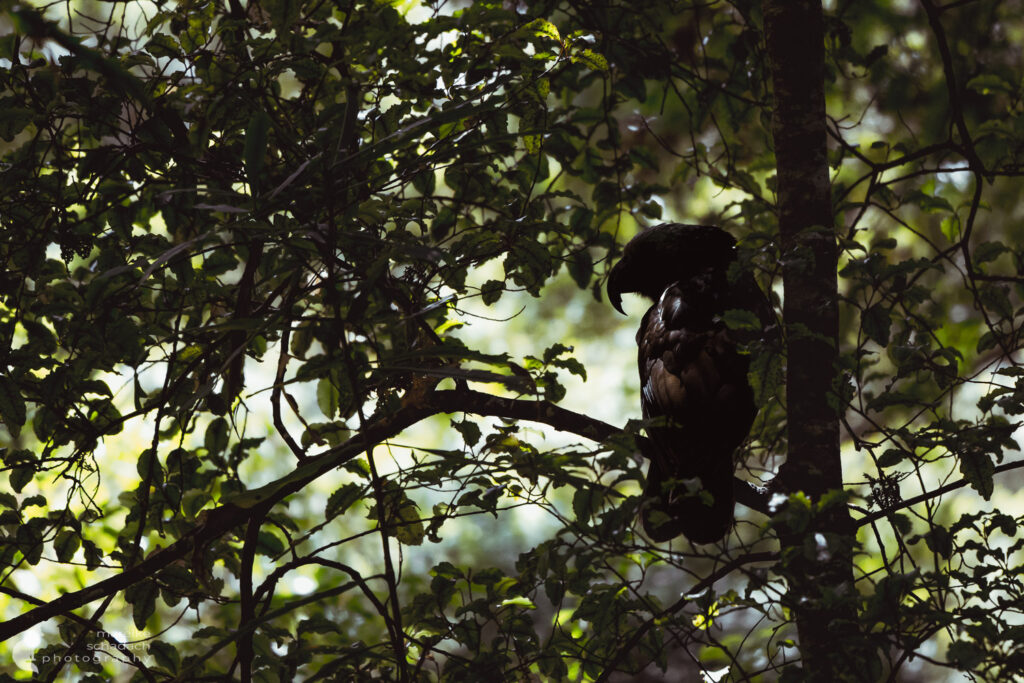
Why is Ulva Island a special Habitat for Birds?
Ulva Island offers one of the few remaining places in New Zealand where native bird species can live without the threat of introduced predators such as rats or weasels. Unlike many other places, there are no feral cats or loose dogs here. The island is covered with dense, ancient forests characterized by tree ferns, rimu, and totara trees. There is also a wide variety of insects, fruits, and seeds, which provide a rich source of food for the birdlife. Thanks to intensive conservation work and the eradication of invasive species, many of New Zealand's endangered bird species have found a safe habitat here, which attracts numerous amateur ornithologists and bird photographers every year. Ulva Island is one of the best birdwatching destinations in New Zealand. Located in Rakiura National Park off the coast of Stewart Island, the predator-free island is a safe haven for many of the country's endangered native bird species. With high hopes and my camera in my backpack, I set off for this pristine birding paradise, hoping to see species that are difficult to find on the New Zealand mainland.
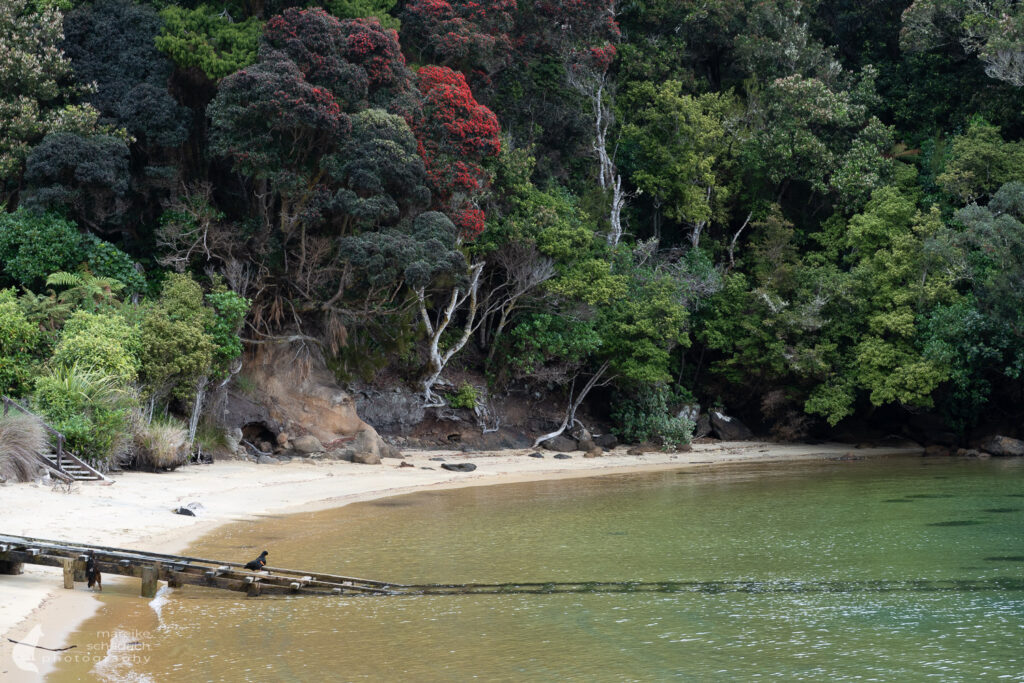
History of Ulva Island
The Māori knew Ulva Island long before European settlement. In their language, the island is called Te Wharawhara, named after a local fern species (Pneumatopteris pennigera) that grows there in large numbers. For the Ngāi Tahu, Ulva Island was an important place for fishing, hunting, and gathering. The surrounding waters are rich in seafood, and the dense forests provide valuable resources such as wood, medicinal plants, and bird feathers. In addition, the island was considered a place of spiritual peace and contemplation - a place closely connected to the natural world and the mauri (spirit of life).
With the arrival of Europeans in the 19th century, the use of the island changed. It served as a post station for a time, and a small settlement was established. At the same time, the European settlers began to introduce invasive species such as rats, which severely disrupted the island's delicate ecological balance. Many native bird species, which had no natural enemies, were threatened as a result.
In the 1990s, a comprehensive initiative was launched to restore Ulva Island's original flora and fauna. The New Zealand government declared it part of the Rakiura National Park and successfully removed invasive species.
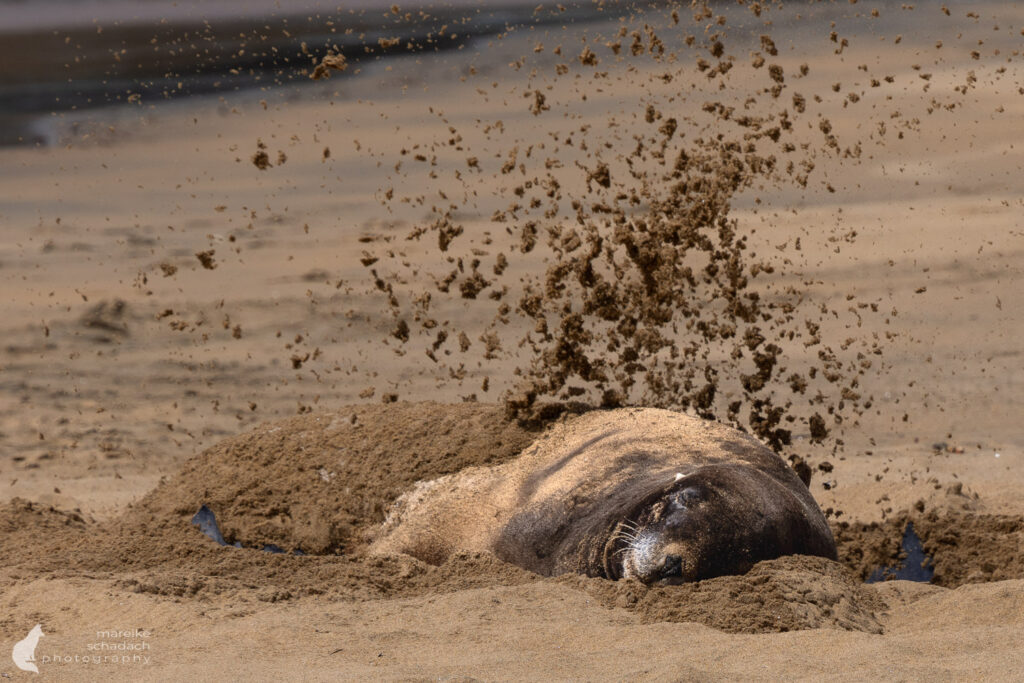
The Stars of the Island
Thanks to the successful conservation measures, visitors can discover a variety of unique bird species while birdwatching on Ulva Island, including:
Stewart Island Robin(Petroica australismaori: Toutouwai)
After just a few minutes, the first little Robin appeared. He boldly hopped around right in front of my feet, as if he wanted to examine me curiously. These trusting birds are a real highlight and hard to miss despite their inconspicuous gray-black coloring. These curious little birds often hop close to the paths and watch visitors almost as closely as the other way around.
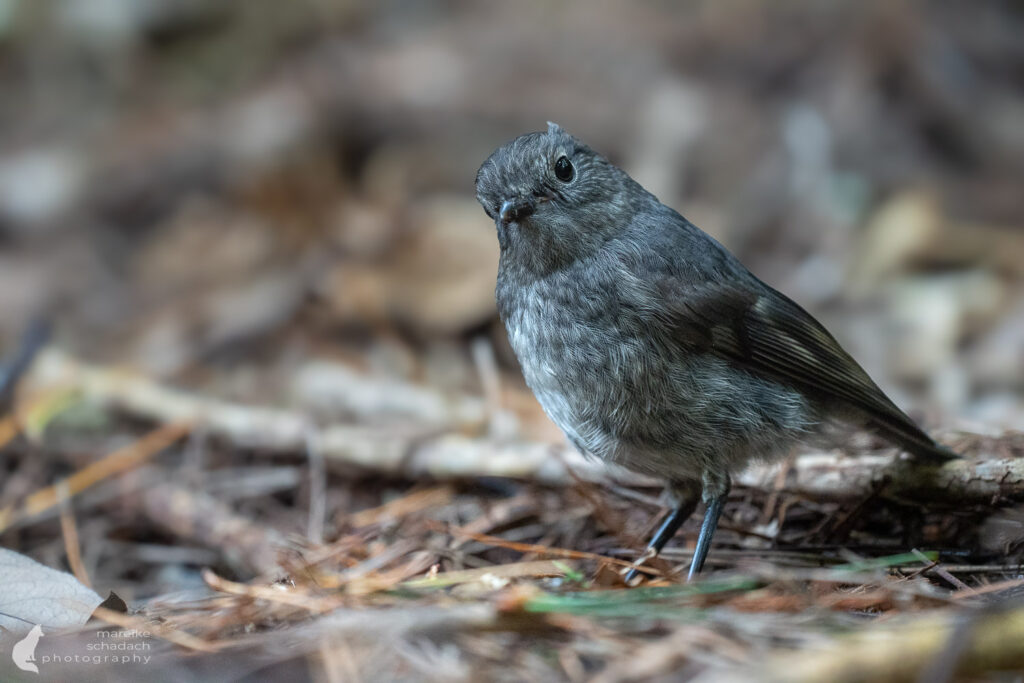
Saddleback (Philesturnus carunculatus, Tieke)
A faint rustling sound drew my gaze downwards, where I spotted a saddleback foraging. Its black plumage with the saddle patch and the bright orange cheek patch made it easy to recognize. Its distinctive, loud call is a typical sound on Ulva Island. Two days later, when I was birdwatching on Ulva Island again, I saw the saddle-billed bird foraging in exactly the same place.
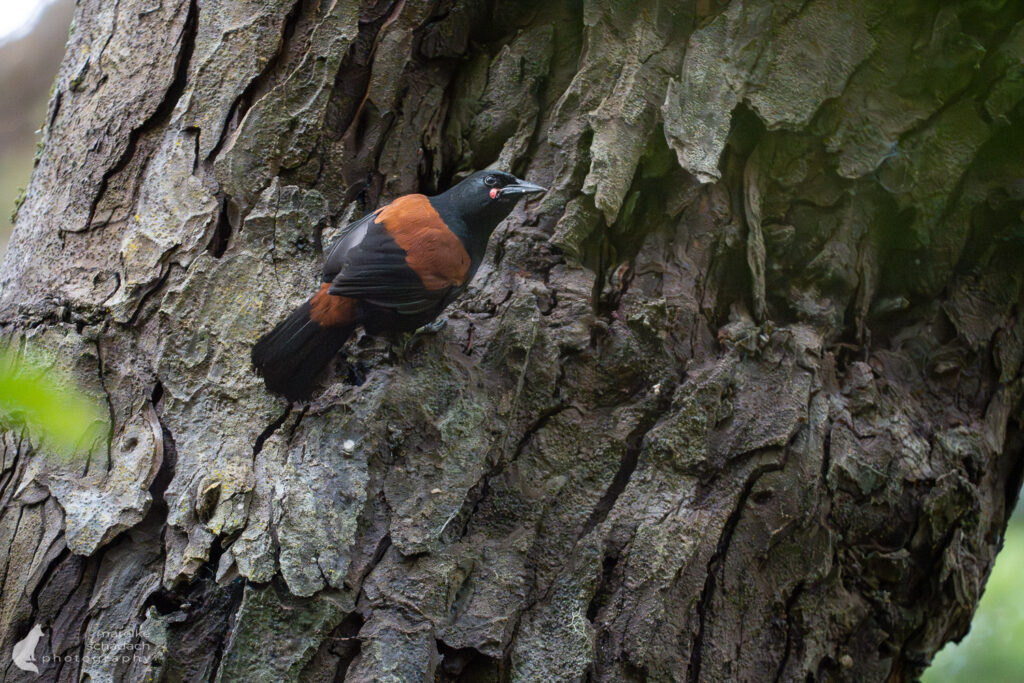
Kaka (Nestor meridionalis)
A pair of Kaka parrots was moving about in the treetops. The parrots seemed to be playfully teasing each other while screeching loudly.
Alongside the kea, the kaka is the second species of nestor parrot still alive in New Zealand. The animals are curious and intelligent. They are known for their ability to imitate sounds.
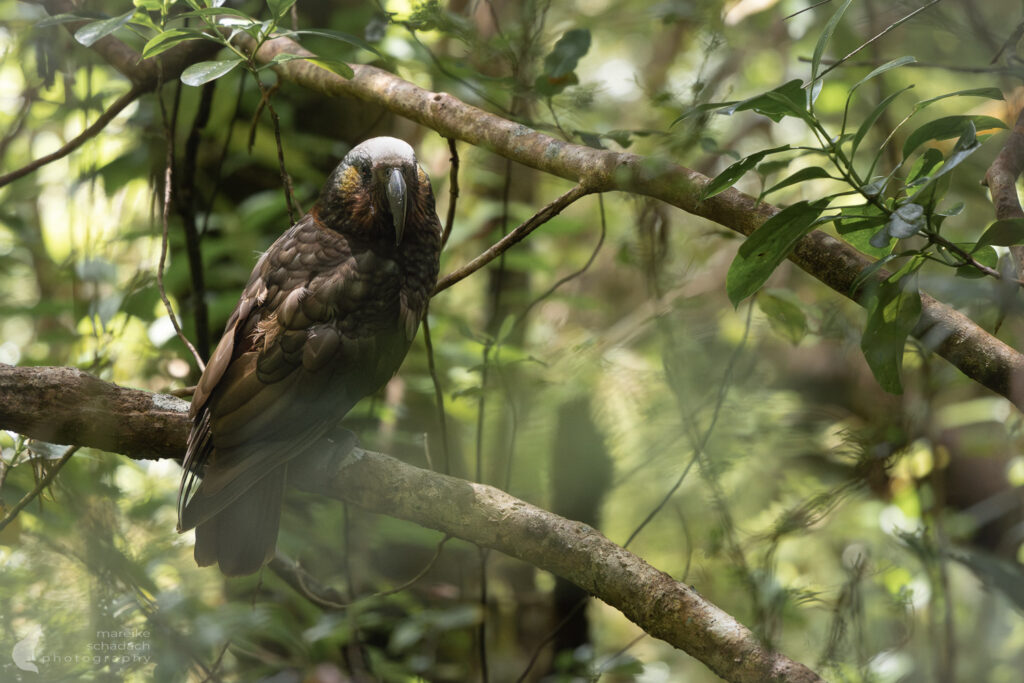
Yellowhead (Mohoua ochrocephala, Mohua)
The mohua is a rare New Zealand songbird which, with its bright yellow head and lively voice, is one of the most impressive representatives of the native bird world. It belongs to the Mohouidae family and is endemic to the South Island of New Zealand, where it prefers to live in old, semi-natural beech forests. Mohuas are sociable birds that often travel in small groups and search together for insects, larvae, and spiders, which they skillfully find in bark crevices and under mosses.
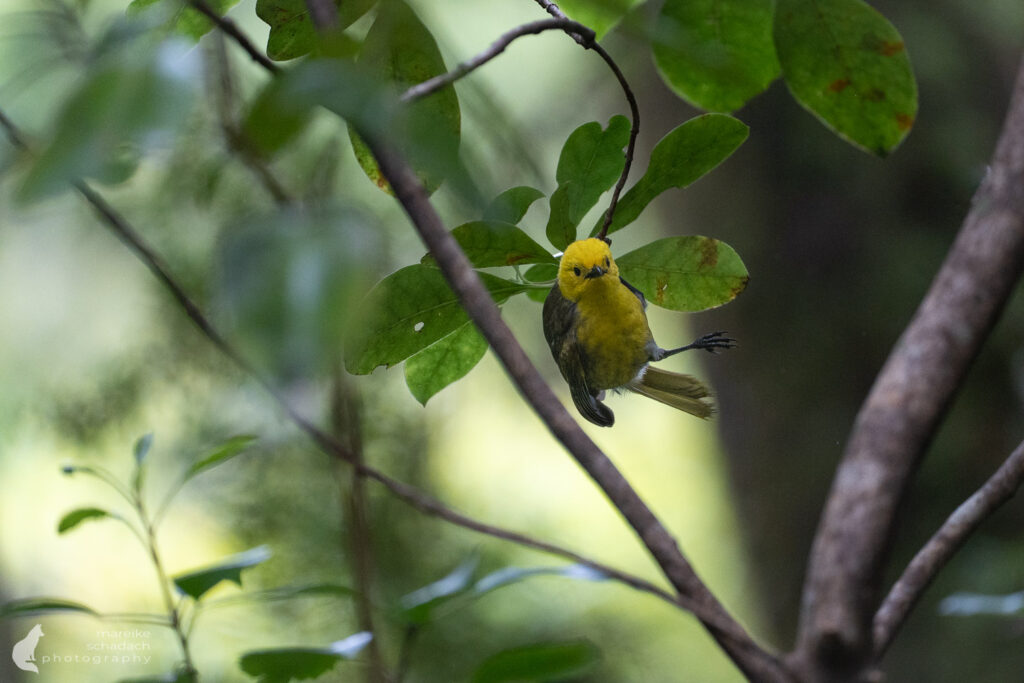
Red-fronted Parakeet (Cyanoramphus novaezelandiaeKakariki)
The Red-fronted Parakeet, also known as the New Zealand Parakeet, is a bright green parrot with a striking red forehead spot, which is one of New Zealand's characteristic bird species. It was once widespread on both main islands as well as on many smaller islands. It owes its unusual German name to its “bleating” call and the way it moves on the ground with quick jumps and climbing movements, similar to a goat.
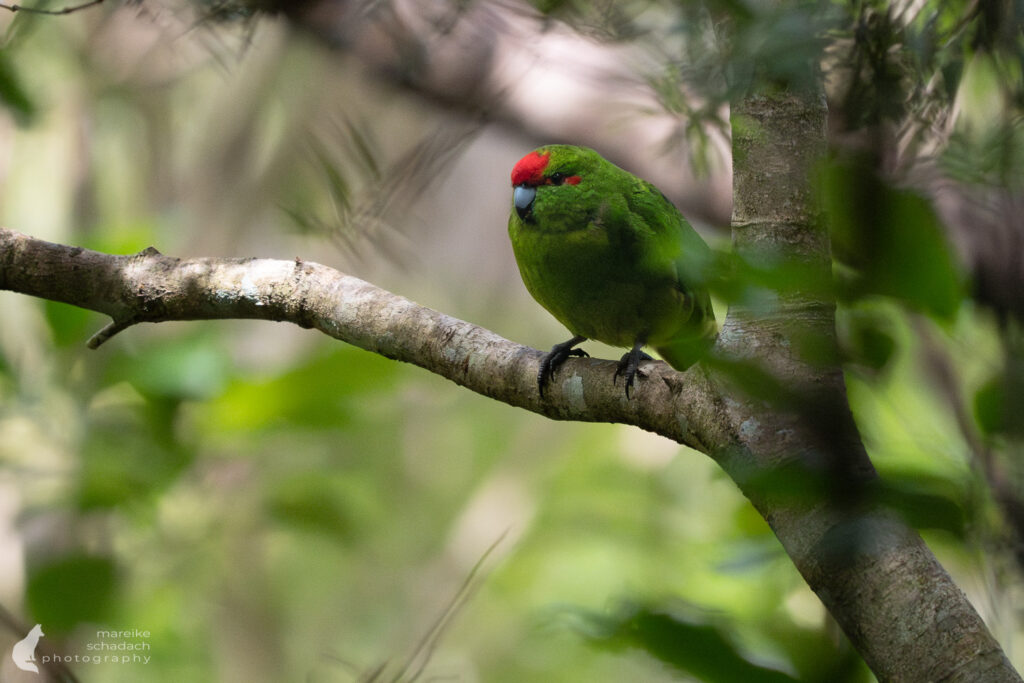
Kiwi (Apteryx australis lawryi, Rakiura Tokoeka):
Although nocturnal, kiwis can sometimes be spotted in daylight - a special feature of the Rakiura subspecies. I planned a separate night walk on Stewart Island for kiwi observations. Unfortunately, there are no photos.
The southern striped kiwi, a subspecies of the southern kiwi (Apteryx australis), is a nocturnal, flightless bird and probably one of New Zealand's best-known symbols. With its long, down-curved beak, shaggy brown plumage, and plump build, the kiwi almost looks like an animal relic from another time, which is not far from the truth. As a ground dweller , A. a. lawryi mainly inhabits the south-western rainforests of Stewart Island (Rakiura) and is characterized by its extraordinary adaptation to nocturnal life on the forest floor.
Weka (Gallirallus australis)
The Weka, or Weka for short, is a flightless, curious, and often quite bold bird that is found exclusively in New Zealand. With its strong beak, brown streaked feathers, and striking red eyes, it looks like a cross between a chicken and a game bird - and is actually closely related to rails. Wekas live in a variety of habitats, including dense forests, bushland, grasslands, and even near the coast, especially on the South Island and some offshore islands.
Their behavior is particularly striking: wekas are known to steal anything portable - shiny objects, tools, picnic utensils - which makes them an amusing, sometimes annoying, companion for hikers. They are omnivorous, feeding on fruits, seeds, and roots as well as insects, small reptiles, and even carrion. Despite their adaptability, they are endangered in some regions, having been decimated by introduced predators, habitat loss, and occasional road accidents.
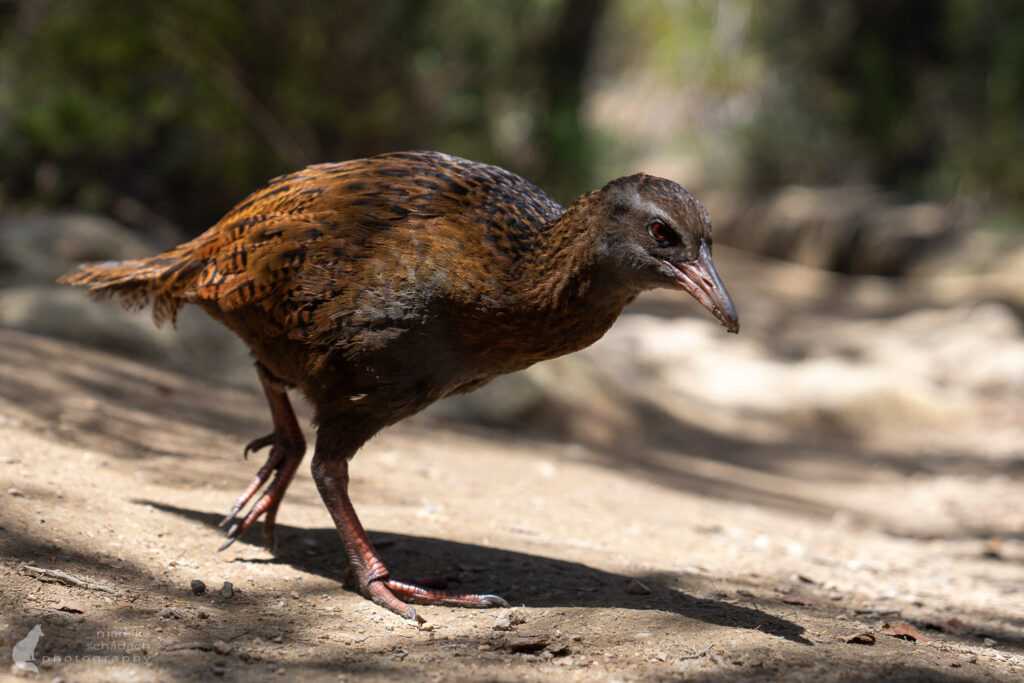
Tui (Prosthemadera novaeseelandiae)
The New Zealand Tui honeyeater is a strikingly colored honeyeater with shimmering metallic, dark green-blue plumage, a white throat pouch, and an amazing voice. It belongs to the honeyeater family (Meliphagidae) and is native to both main islands and some offshore islands of New Zealand. Tui inhabit a wide variety of habitats - from coastal forests and wetlands to parks, gardens, and urban green spaces - and play an important role as pollinators of many endemic plant species such as kōwhai and flax.Meliphagidae) und ist auf beiden Hauptinseln sowie einigen vorgelagerten Inseln Neuseelands heimisch. Tuis bewohnen verschiedenste Lebensräume – von Küstenwäldern und Feuchtgebieten über Parks und Gärten bis hin zu städtischen Grünflächen – und spielen eine wichtige Rolle als Bestäuber vieler endemischer Pflanzenarten wie der Kōwhai oder der Flachsgewächse.
The tui is particularly well known for its complex, almost electronic-sounding vocal repertoire. Not only can it produce a variety of natural sounds, it can also imitate other birds, human voices, and noises - often with breathtaking precision. In Maori culture, the tui is regarded as a sacred bird, messenger, and symbol of expressiveness and eloquence. It owes its name to its two-syllable, bell-like call, which can often be heard, especially during the mating season.

Bellbird (Anthornis melanura, Korimako)
These melodious singers are omnipresent and, together with the tui honeyeaters, provide a natural soundscape during the visit. As honeyeaters with brush-like tongues that enable them to suck nectar and honeydew from the trunks of beech trees, they play an important role in the pollination of numerous plants.

Best Time to go Birdwatching on Ulva Island
The best time for birdwatching on Ulva Island is New Zealand spring and summer, from September to March. During these months, the birds are particularly active as they mate, nest, and raise their young. Many endemic species, such as the South Island saddlebird, the cocoa parrot or the curious weka can be easily observed. The birdlife is particularly lively in the early morning or late afternoon, as many species search for food at these times. Ulva Island is also an excellent place for birdwatching outside the breeding season, as the island is inhabited by rare and endangered species all year round.

Guided Birdwatching Tours and self-guided Hikes
There are numerous ways to explore Ulva Island:
- Guided tours:Experienced guides offer exciting insights into the island's unique wildlife and history. These tours are particularly recommended for spotting rare bird species and learning interesting facts about the ecosystem and its history. Ulva Island has a rich cultural history and significance to the Māori people, who call the island ‘Te Wharawhara’. The guides also know the favorite places of the different bird species.
- Self-guided walks: There are well-marked walking trails that lead through the forest or along the coast. The paths are easy to follow and allow for individual exploration tours. Maps are available on Stewart Island or can be viewed at the landing stage on Ulva Island.: Es gibt gut ausgeschilderte Wanderwege, die durch den Wald oder an der Küste entlang führen. Die Wege sind einfach zu begehen und ermöglichen individuelle Erkundungstouren. Karten sind in Stewart Island erhältlich oder an der Anlegestelle auf Ulva Island einsehbar.
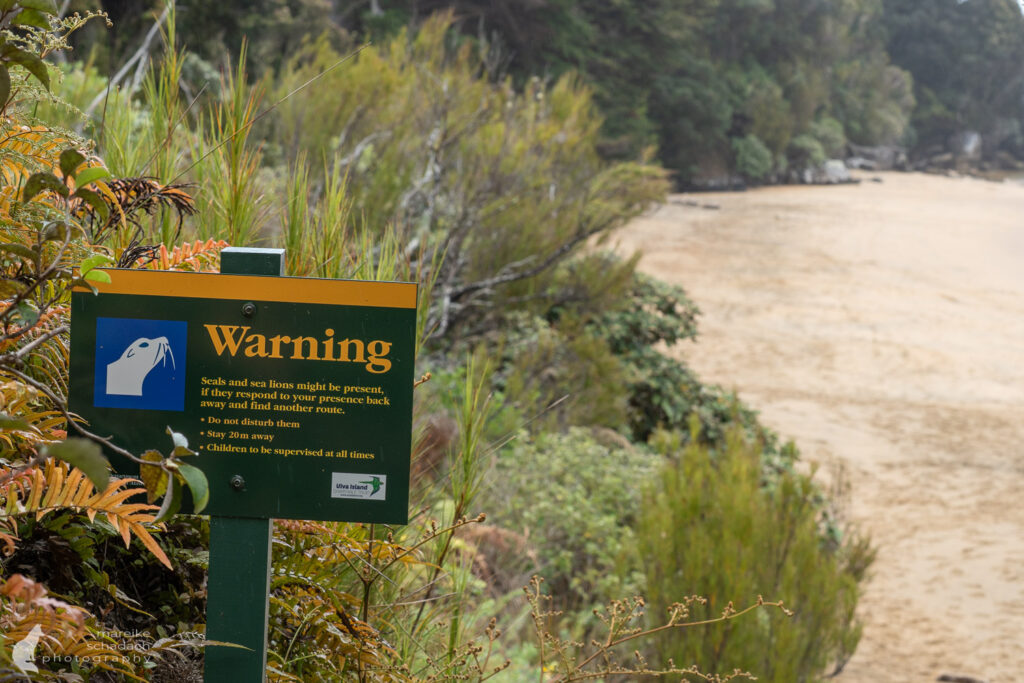
Rules of Conduct for Visitors
To ensure the protection of birdlife, you should observe the following rules:
- Stay on the marked paths to avoid disturbing sensitive habitats.
- Do not feed any animals - not even the curious Weka.
- Avoid making loud noises so as not to frighten the birds.
- Take all garbage back with you to keep the island clean.
- Wear clean shoes to prevent the introduction of foreign seeds or diseases.
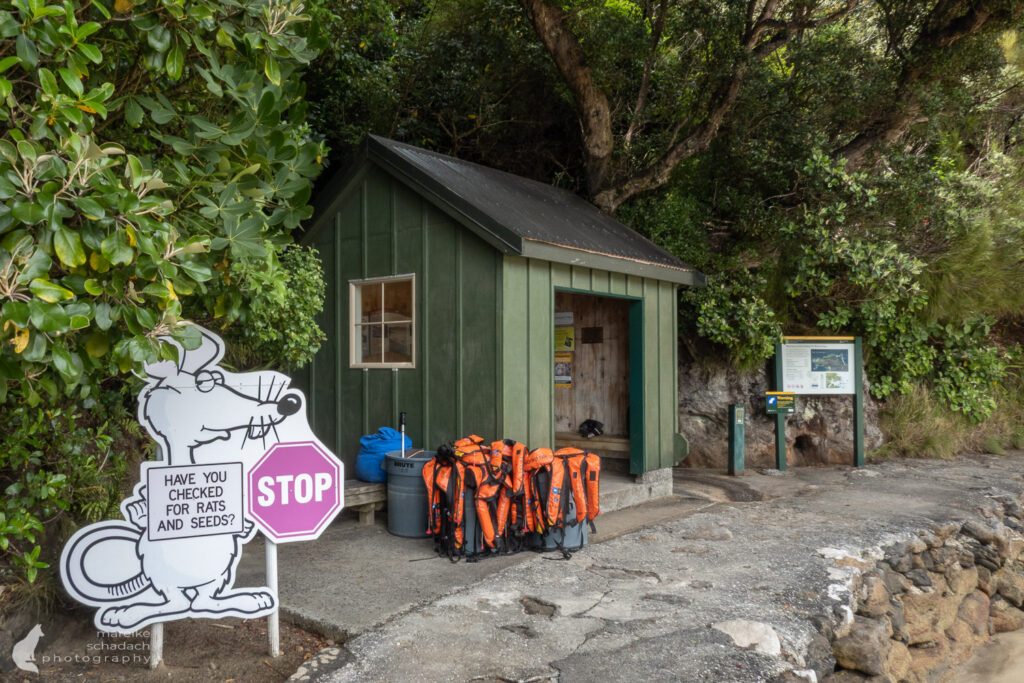
Practical Tips for your Birdwatching Visit to Ulva Island
Ulva Island is only accessible by boat from Stewart Island. Water cabs and guided tours depart regularly from Golden Bay on Stewart Island. The crossing takes around five to ten minutes. There is no accommodation on Ulva Island, so visitors need to plan day trips. As there is no café or store on the island, it is important to carry sufficient water and provisions.
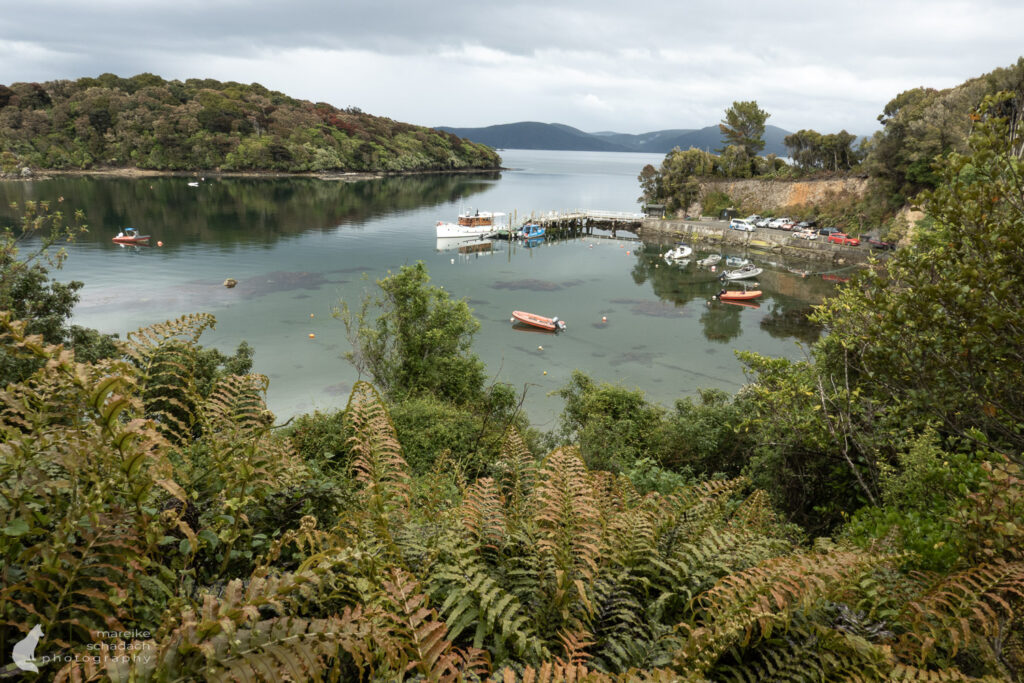
The Magic of Ulva Island - a final Word
Apart from the birds, I was impressed by the untouched nature. Huge fern trees, ancient rimu and totara trees, and moss cushions created a fairytale atmosphere. As I walked through the forest, I felt like I was in a bygone era.
At the end of the day, I returned with countless memories. Ulva Island is more than a place for birdwatching - it is a journey back in time to a world where nature can thrive undisturbed.Practical tips for your birdwatching visit to Ulva Island
Book Recommendations for New Zealand
You want to know where the journey goes? Then I can recommend these books*.
You can order the books with a click on the pictures on Amazon. If you buy a product via an affiliate link, I get a small commission, and you help me to keep filling Fernweh-Motive with interesting articles. The product will not be more expensive for you, and you will do me a huge favor.
Do you want to know when there are new articles on my blog? Then follow me on Facebook, Pinterest or Instagram. I would also be very happy if you share my article with your friends.
Recommendations for further Reading
Do you love remote places and lonely landscapes as much as I do? Then you might also be interested in my article Photographing Madeira – the best Photo Locations for Nature Lovers and my article Leave No Trace! Principles for Nature-friendly Outdoor Life.
